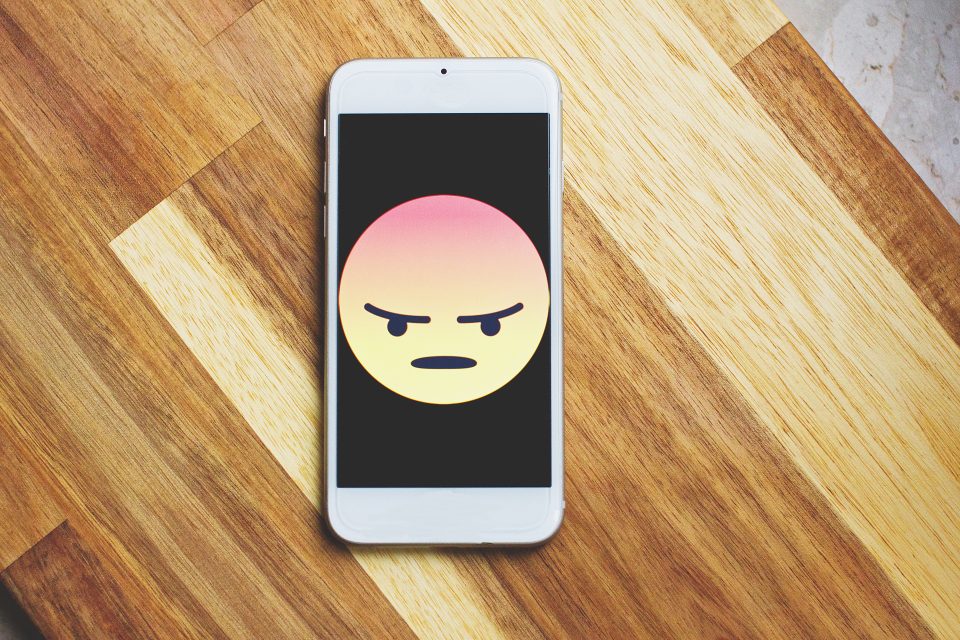Chat apps are set to shake up the way companies operate as more young people enter the workforce, a Microsoft survey has found.
The technology firm asked more than 14,000 people at different stages of their career about teamwork, and found that Gen Z – those aged 19-21 – were more comfortable using online chat services and texting to communicate than any other age group.
The study, which focused on seven countries including the UK, also revealed that Gen Z are almost as happy using chat apps to speak to colleagues as they are setting up face-to-face meetings. The gap was much wider in favour of in-person meetings for the other groups – Millenials (22-34), Gen X (35-54) and Baby Boomer (55-59).
“Today we’re seeing a new culture of work take shape before our eyes,” Microsoft wrote in a blog post. “For many companies, the amount of time employees spend engaged in collaborative work – in meetings, on phone calls or answering emails – has increased roughly 50% and takes up 80% or more of their time. We are on twice as many teams as we were five years ago.
“New generations that have grown up with technology are entering the workforce, bringing new expectations and norms.”
Overall, 61% of respondents preferred short methods of communications over long ones, which could see Gen Z’s preference for chat-based discussions becoming the norm at companies.
The study found that email was still the most widely-used communication toll across the world.
Around 42% of workers in the US spend at least 60% of their time working outside the office, while the majority of people in that country are expected to have freelance roles by 2027.

With technology allowing more people to work remotely, video conferencing using services such as Skype is becoming increasingly common. The survey found that 41% of remote workers strongly favour video calls, compared with 23% of office-based staff.
Microsoft pointed to updates in the video conferencing embedded in Teams – part of Office 365 – to assist with remote collaboration.
“We are working on features that blur your background, so you don’t have to worry about what’s behind you. We will release new lighting features that make showing up ‘on camera’ more comfortable. We will also release a new multi-tasking pane so you can easily take notes without looking distracted,” the company said.
The Baby Boomer (29%), Gen X (30%) and Millennial (30%) groups were much more positive than Gen Z (11%) when asked if technology could improve work-life balance. Microsoft believed this was because 19-21-year-olds have grown up with technology that has blurred the lines between school/work and home, and are mosre resistant to the “always-on” culture. Baby Boomers, meanwhile, have only recently begun to embrace remote working options and the flexibility they offer.
Gen Z were also more likely to feel stressed about new technology at work, which Microsoft put down to them having less experience in the workplace than older staff.
“We think it’s important for leaders to be aware of this paradigm and help all workers, especially those new-to-career, find more balance at work,” Microsoft said.
“As teams become more dispersed and work more collaborative, it will become increasingly important for leaders to proactively pursue engaged, high-functioning teams. We hope leaders can use these insights to empower their teams to do great things.”






